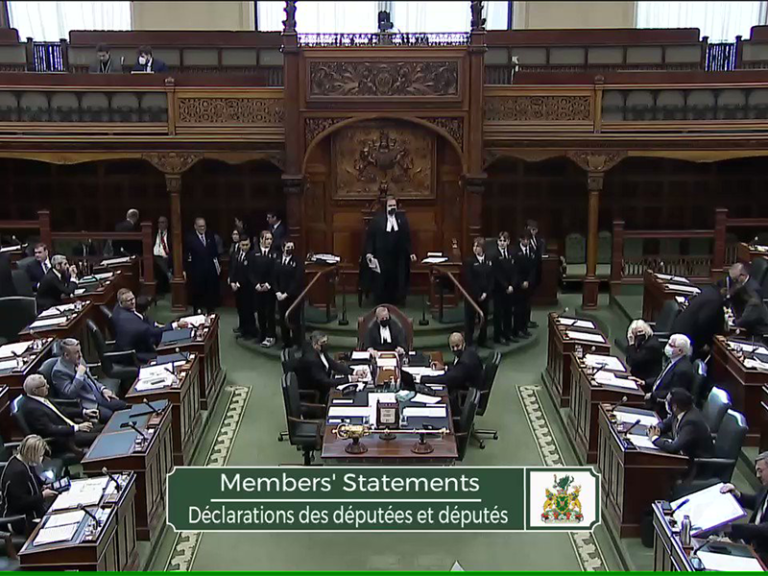By Deborah O’Connor
 The first week of May marked the sixtieth annual Mental Health Week across Canada and while various groups and organizations held events to boost awareness, the occasion passed without much fanfare in Northumberland. Two exceptions to that statement include the Campbellford and District Mental Health Centre, which held an open house, along with Kinark Child and Family Services, which hosted a children’s art project. While there may have been other events, those flew under the local mainstream radar.
The first week of May marked the sixtieth annual Mental Health Week across Canada and while various groups and organizations held events to boost awareness, the occasion passed without much fanfare in Northumberland. Two exceptions to that statement include the Campbellford and District Mental Health Centre, which held an open house, along with Kinark Child and Family Services, which hosted a children’s art project. While there may have been other events, those flew under the local mainstream radar.
That’s surprising since 20 percent of Ontarians, about 2.5 million people, will experience some form of mental illness in their lifetime and the effects of mental illness in terms of lost productivity and other economic impacts is a rising problem across the entire country.
But this type of disease is different from cancer or a blood disorder; there’s a special stigma attached to it that shuts down discussion and awareness. Combined with substance abuse, as mental illness so often is, the stigma rises to a level that prejudices provision of appropriate treatment, impairs identification of the disease itself and relegates its sufferers to a surreal half-life of isolation, chaos and steady deterioration.
While it doesn’t have to stay this way, mental health and addiction services were developed piece-meal across the province over time. When the provincially appointed Select Committee on Mental Health and Addictions released its report in August 2010, titled “Navigating the Journey to Wellness”, the findings show the fragmented service delivery. The committee found there were at least 10 different government ministries overseeing 440 agencies providing mental health programs for children, 330 services for adults, 150 services for substance abusers, and 50 problem gambling centres. Its no wonder consistency is impossible to implement with that many fingers in the pie.
Among the committee’s recommendations is the establishment of a single umbrella agency to take charge of mental health and addiction services, as Cancer Care Ontario has done to streamline, co-ordinate and improve cancer treatment. It wants all the programs operated under the Ministry of Health and Long Term Care and they want to see a core basket of basic services offered across the Province regardless of location. Recognizing the huge obstacle created by social stigma preventing effective treatment, it recommended a specific strategy aimed at countering that. Finally, seeing the surge in addiction to legal prescription drugs, it asked for immediate action to provide treatment for opioid drugs.
What does this mean for Northumberland Hills Hospital and the other local health care providers? Statistics for the Central East LHIN (Local Hospital Integration Network) are grim in terms of mental health services. In a study done by the Ontario Mental Health and Addictions Alliance in preparation for this fall’s election, they studied and compared all ten LHINs, and found ours has a wait time for residential treatment of 227 days, five times the provincial average. People with psychiatric disabilities here wait 1,097 days, or just over three years, to secure supportive housing. The Central East LHIN itself acknowledges that while the average per capita funding for addictions in Ontario is $11.86, in our own region it makes up just $4.87.
To understand the complexities behind Northumberland’s chronic shortfall in providing services for mental illness and addiction, we need to look at the whole picture of the establishment of the LHINs themselves, including how our own region was carved out, and look at the results of an addiction scan undertaken by the Central East LHIN starting in 2008. With a peek at our own Northumberland Hills Hospital’s Clinical Services Plan and Integrated Hospital Services Plan, we can begin to see how it all fits together. Come back next time as we examine how to turn our hospital’s fifteen major planning reports produced since 2007 into some concrete action to meet the real needs of our community.


